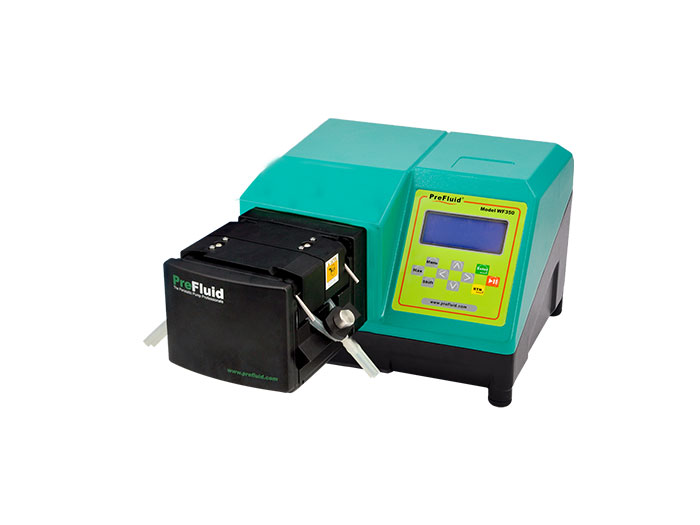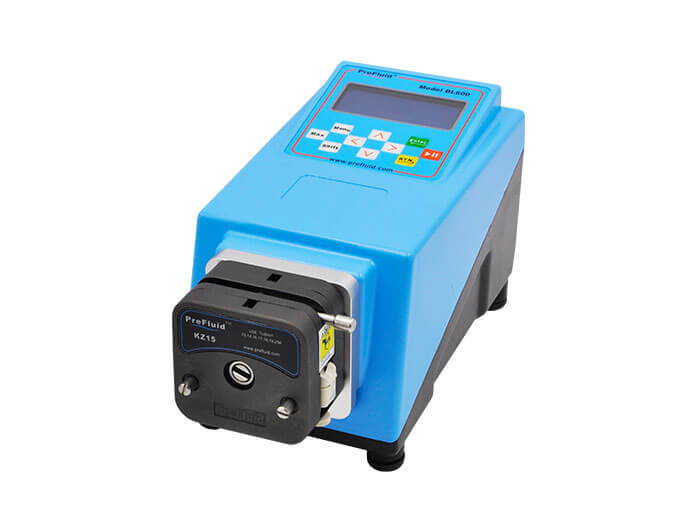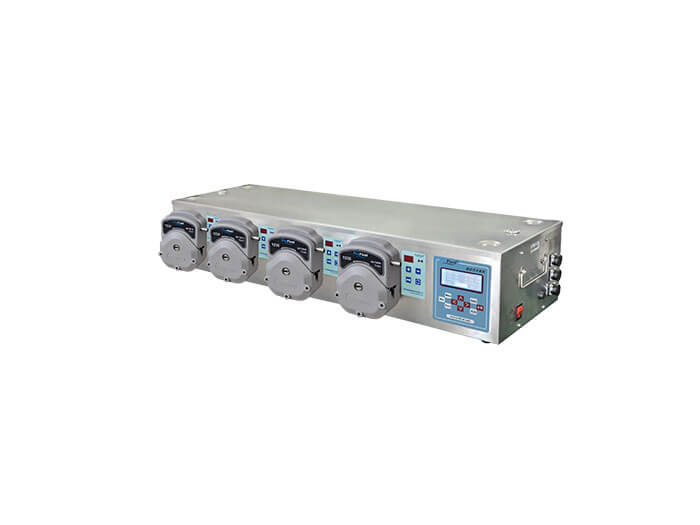Peristaltic pump is a very common type of pump. Because of its unique working principle and special design, peristaltic pumps are widely used in many industries. This paper will deeply discuss the application of peristaltic pump, including its working principle, structure and scope of application.
Working principle of peristaltic pump
Peristaltic pumps extract and transport media by compressing and relaxing peristaltic tubes. These peristaltic tubes close when squeezed by rollers or pressure plates inside the pump body, and then absorb the medium again through relaxation and transport it to the next stage. The pump's unique dynamic seal design eliminates the need for valves or storage tanks, enabling the transfer of high viscosity, particulate media that other pumps cannot handle.
The structure of peristaltic pump
In addition to the uniqueness of the working principle, there is also an obvious feature is the structure of the peristaltic pump, and its shape and use are very accurate. The peristaltic pump consists of four basic components: pump head, pump body, drive and control device. The pump body is usually made of a corrosion-resistant metal or a plastic with high chemical resistance. The pump head is the part containing the peristaltic tube, which is often made into an easily replaceable unit in order to replace the worn peristaltic tube if needed. The driving and control devices are usually electric pumps, pneumatic pumps, solar pumps and so on.
Scope of application of peristaltic pump
Peristaltic pumps are widely used in many industries. In the pharmaceutical industry, peristaltic pumps are often used to transport viscous liquids, high-quality solutions and concentrated suspensions. In addition, peristaltic pumps are usually used to handle liquids with high solids content or liquids containing solid waste, and it does not break the solids in the liquid, so that it does not contaminate the liquid. In the food industry and water treatment, peristaltic pumps move liquids with high viscosity or easy solidification, such as milk, fruit pulp, mud, concrete and sedimentation tank mud.
In general, peristaltic pumps are widely used in liquid transport, especially in demanding areas such as the transfer of high solid substances, high viscosity, high specific gravity, volatile and corrosive liquids.
conclusion
The peristaltic pump is a versatile type of pump that is particularly good at handling liquids that require flexibility, such as high concentrations of liquids or liquid mixtures of solid matter. At the same time, due to its precise control and special structural design, it is also widely used in the chemical industry, the pharmaceutical industry, and the food and beverage manufacturing industry. Peristaltic pumps overcome the limitations of many other types of pumps and become an excellent tool in the field of liquid transport.


